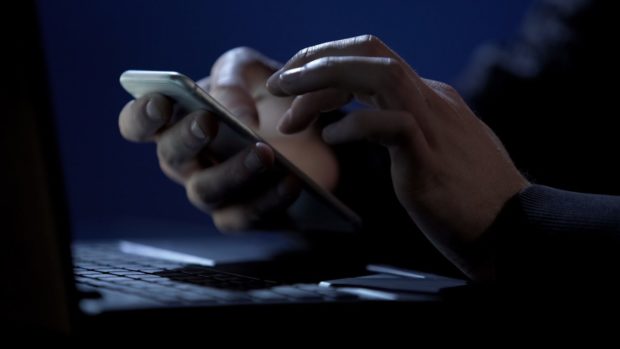Fraudsters are targeting vulnerable people across Scotland by using schemes set up to help people through the Covid crisis.
Trading Standards Scotland has revealed scammers have been using Test and Protect and the self-isolation support fund to steal personal information.
In the first fake text message scam, the crooks are using WhatsApp to send messages that appear to be from the Test and Protect app.
Anyone who responds to the fake contact tracers is then asked to provide personal details, which can then be used by the criminals.
The other scam uses traditional text messages and asks victims to click on a bogus link, which claims to be involved with the Scottish Government’s £500 support grant for low income workers.
That link can then lead to the theft of sensitive data.
Taking advantage
The public are now being warned to be extra careful.
Marjorie Gibson, head of operations with Advice Direct Scotland, said: “We know technology is being used in the fight against coronavirus, both to stop the spread and get support to those who need it.
“But with that comes the increased risk of criminals using these developments to steal money and sensitive data.
“You should never respond to a text or a WhatsApp message which asks for personal data.
“A council which wants to provide help via the self-isolation grant would never do so by text.
“Anyone who receives text messages they suspect are not genuine can visit consumeradvice.scot to get more support and information.
“They can also use our new ScamWatch tool which allows people across the country to enter details of suspected fraud in their area, which helps build a national picture and increases awareness.
“If you think a message or an email involving government, council or NHS initiatives doesn’t look or seem right, then it probably isn’t.

